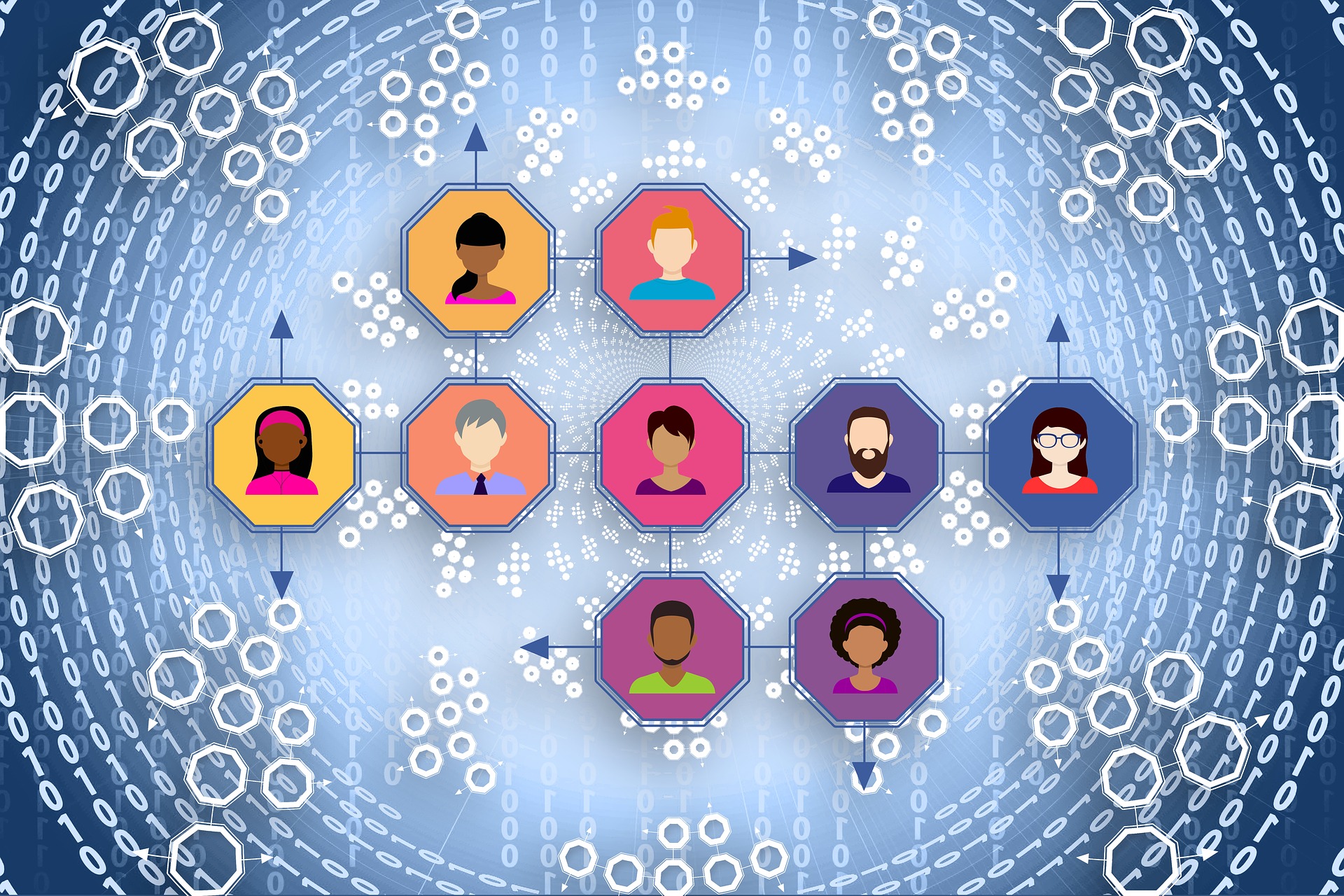Finding the right communication technology solution is a lot like buying a car – you base it on your needs and budget. Just like car buying, you have to do your research, consult various people, and weigh your options to come to the best conclusion.
Technical staff should have a lot of input since they fix network problems and keep things running. But usually, they don’t have the whole picture. To get the rest of the story, you must talk to your users. Yes, it takes time and might even slow down the process on the front end.
So, why involve them in the process? Below are six reasons why enterprises should consider bringing users into the decision-making process.
1. You will uncover important information.
In almost every needs analysis I’ve done, we discovered both training and process issues that were previously unknown. In some cases, the IT team got a quick win by resolving these issues for the users.
The process also reveals the exceptions – how people use the system in unexpected ways. You may discover capabilities in use today that you didn’t know about, as well as user needs that the current system doesn’t meet.
2. It’s a great way to reduce resistance to change.
People don't resist change in and of itself. We all experience change constantly. But people do resist change that is forced on them or is unexpected.
When users are involved in the process, the change is no longer forced or unexpected. The transition is easier. I recommend involving your most judgmental users. You know the ones. They complain the most and are most critical of the existing situation. If they participate in the change and have some ownership of it, then it will be harder for them to complain about it once it's implemented.
3. You will discover future needs.
In many organizations, users don’t make it a point to tell IT about things they would like to have. But they will talk about their wishes during a needs analysis session. How else will you know what your users need, and will actually use?
4. It helps you develop user profiles.
You need these user profiles to determine the types of phones needed and to define your licensing requirements. Typically, there are at least three different user profiles: Basic, General, and Power User. There could be more, but almost every organization has these three types.
5. You will save money.
That’s the payoff for creating user profiles. By assigning profiles to users, you know the correct quantities for each type of phone and license and can buy what’s appropriate for each type. There’s no reason to buy the expensive Power User licenses for everyone.
Most importantly, you realize the full value of the solution only if users adopt and use the capabilities. A needs analysis is critical if you want to avoid spending money on unneeded technology.
In addition, a thorough needs analysis will decrease the incentive for users to invest in Shadow IT (rogue applications that users pay for out of department budgets, without IT approval). Of course, in the long run, IT ends up having to support those unauthorized applications. This creates an unanticipated support burden that requires unbudgeted time/money.
6. You can improve the employee experience.
Surveys have confirmed the importance of the employee experience – happier employees are key to happier customers.
Technology-frustrated employees aren’t likely to be happy. A needs analysis will uncover how to make them happy. Who knows? You may end up with happier customers, too.
"SCTC Perspectives" is written by members of the Society of Communications Technology Consultants, an international organization of independent information and communications technology professionals serving clients in all business sectors and government worldwide.











